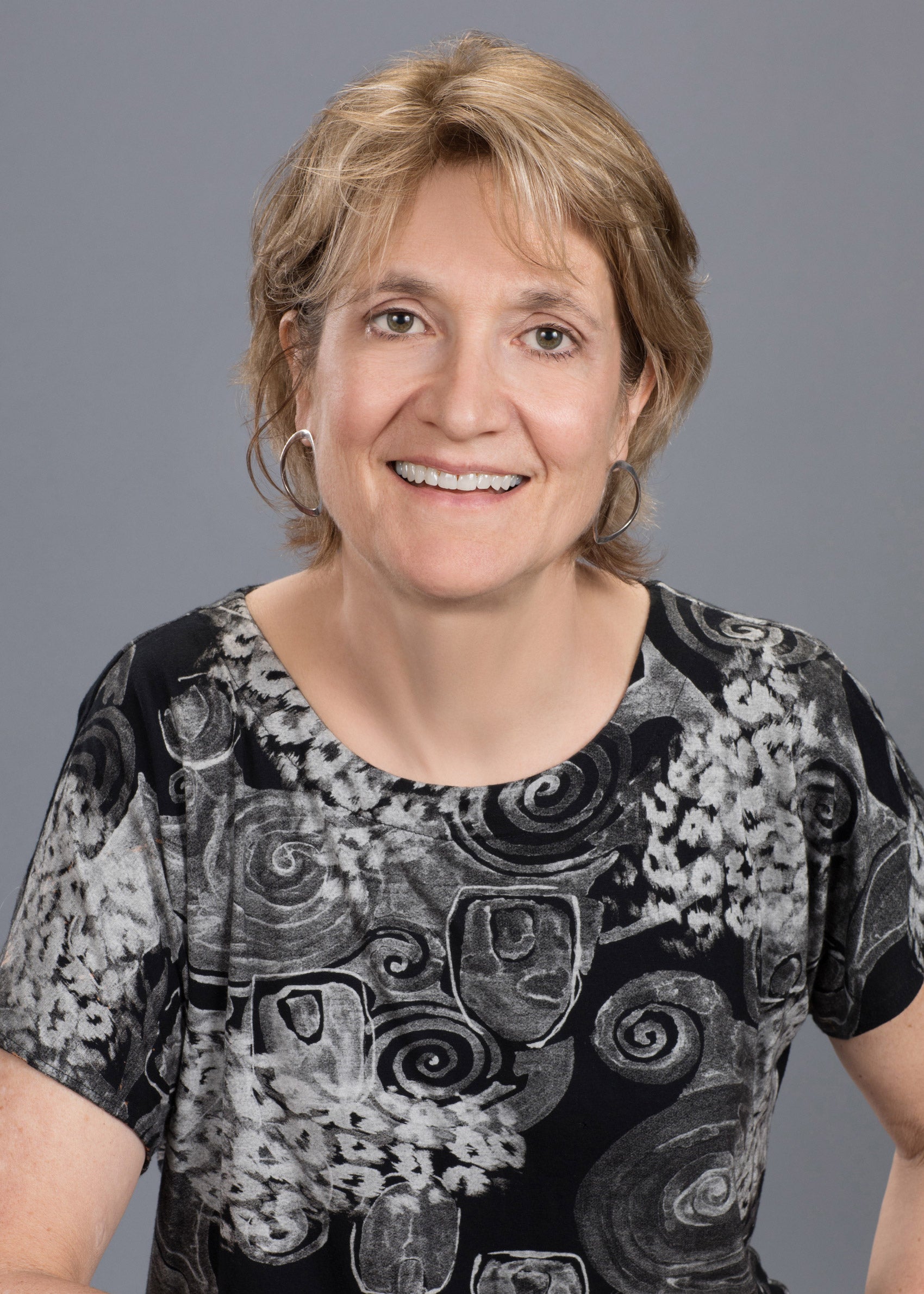On December 14 and 15, 2018, a diverse group of lawyers, economists, and scholars gathered at Harvard Law School for the conference, “Money as a Democratic Medium.” This event challenged its participants to re-examine the history of money in America, and to redefine its future.
Christine Desan, the Leo Gottlieb Professor of Law at Harvard Law School, organized the conference. Desan teaches about the international monetary system, the constitutional law of money, constitutional history, political economy, and legal theory and she is the co-founder of Harvard’s Program on the Study of Capitalism, an interdisciplinary project that brings together classes, resources, research funds, and advising aimed at exploring that topic. She is the author of a book about the development of our modern monetary system, “Making Money: Coin, Currency, and the Coming of Capitalism” (Oxford University Press, 2014), and is co-editor with Sven Beckert of “Capitalism in America: New Histories” (2018).

Q: Why did the conference focus on money’s design?
A: The proposition underlying the conference was that money’s design is an elemental part of governance. If that is right, then we cannot have a just and equitable democracy without a just and equitable monetary design.
Q: One of the conference’s main points seems to be that the design of money has already been through a couple of major transformations.
A: Yes, more than a couple actually. Money has been created and multiplied according to many different designs in different societies. Medieval coin was a sovereign debt in the sense that public officials issued it and agreed to accept it back, but coin carried a collateral – its silver or gold content. People could expand the money supply by buying more coin in return for bullion at the mint. In early America by contrast, colonial legislatures lacking silver or gold issued sovereign IOUs made of paper directly into circulation, while agreeing to take them back later in taxes. People could expand the money supply there by borrowing against their farms from public land banks. Both of those systems worked – but they distributed access, political power, and wealth in contrasting ways, generated really distinct approaches to exchange, and created different paths for growth.
The modern method of making money departs from both of the earlier examples. Central banks acting for the government today issue cash in small units against longer-term public debt and other assets. In turn, commercial banks offer credit in the sovereign units to borrowers who can make a promise of productivity (i.e.., a promise they will repay the bank later). In other words, our system pairs public and private money creation. On the one hand, that can expand access to credit. After all, just compare: while medieval mints required that people have silver before they could get money, modern commercial banks take a promise that a person will be productive and give them credit they can use to make that productivity real. On the other hand, commercial banks now gain profits for money creation that used to go to the public and they sort through borrowers to choose those who are most profitable to them, not necessarily those who will contribute to social welfare.
The point is that the designs we use to make and multiply money matter enormously. They profoundly shape exchange. But many of the features in our modern design have been inherited or improvised, happened accidentally or without adequate scrutiny. Money’s institutional life, in other words, has been radically under-analyzed. We need to think creatively about monetary design as a dimension of governance and an avenue towards democracy.
Q: What were your criteria for selecting the speakers at this conference?
A: I was interested in bringing together people who understood money as a public project to see if there was a common conversation that could happen about the way we think about money, the reforms that we think are necessary. There are people who work on this topic from very different angles, I wanted to set them against each other and let the conversation expand. I was interested in cross-fertilizing different areas of scholarship. The results were really dynamic; many participants wanted to keep talking and we’re now thinking about the next steps.
